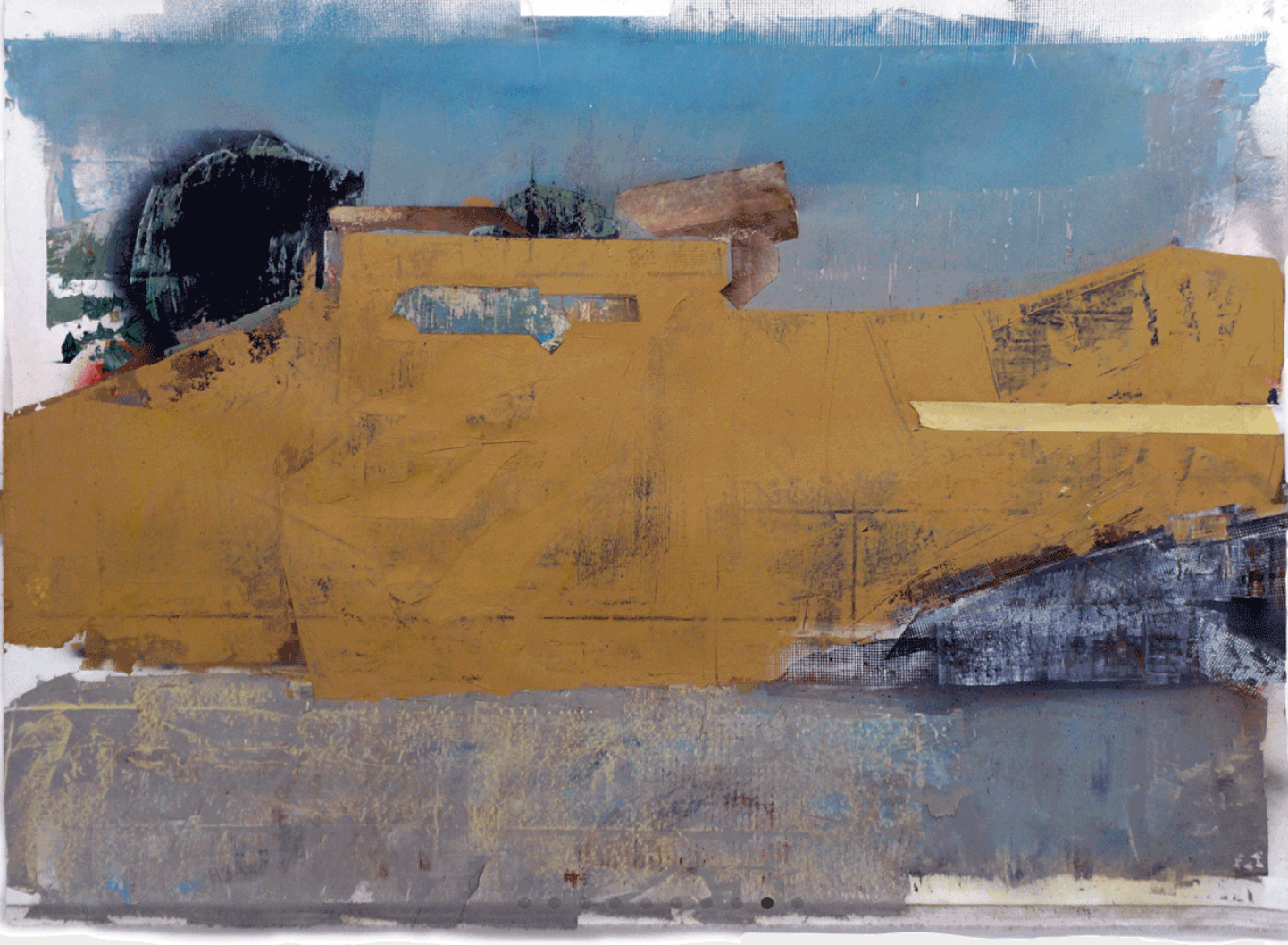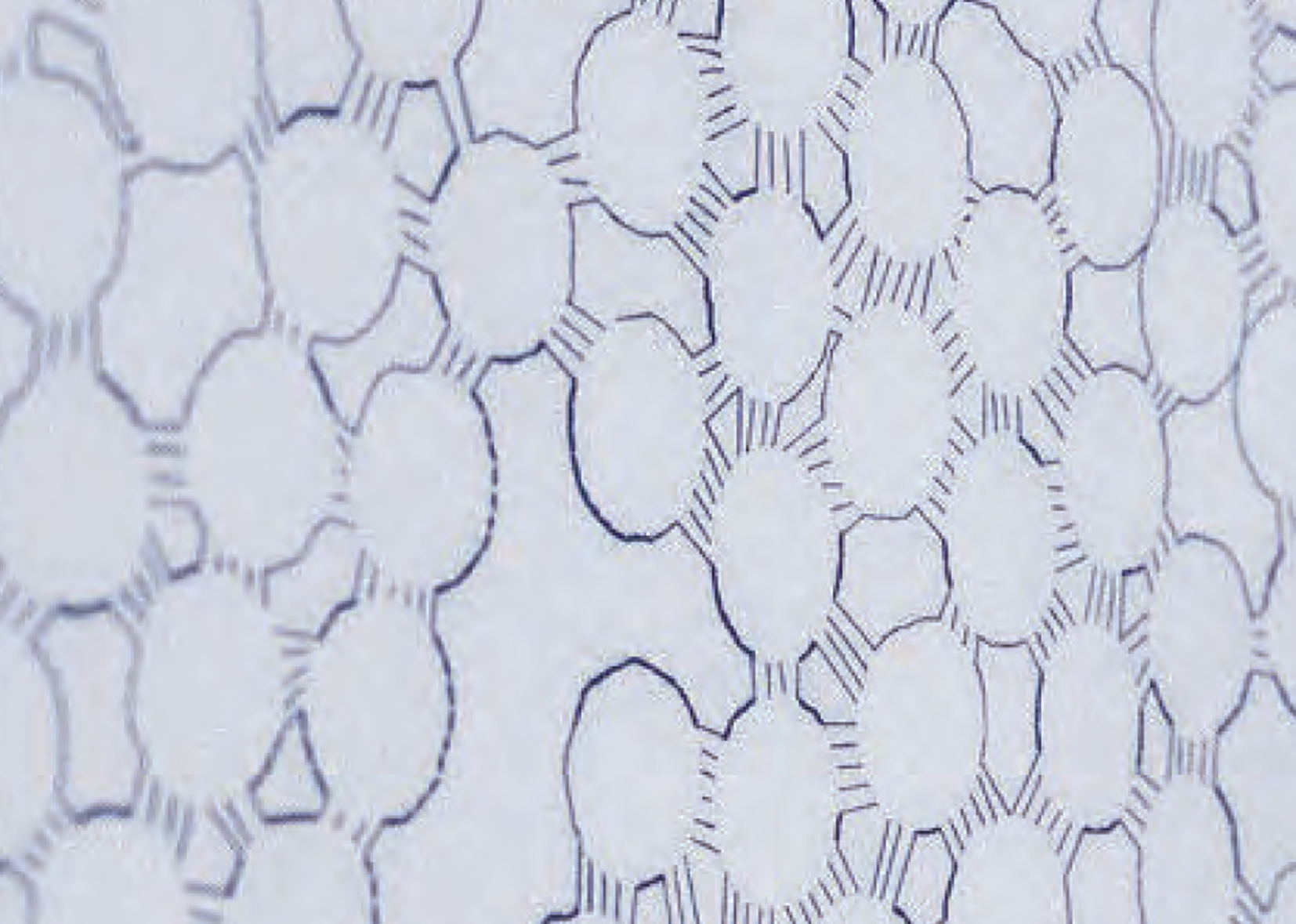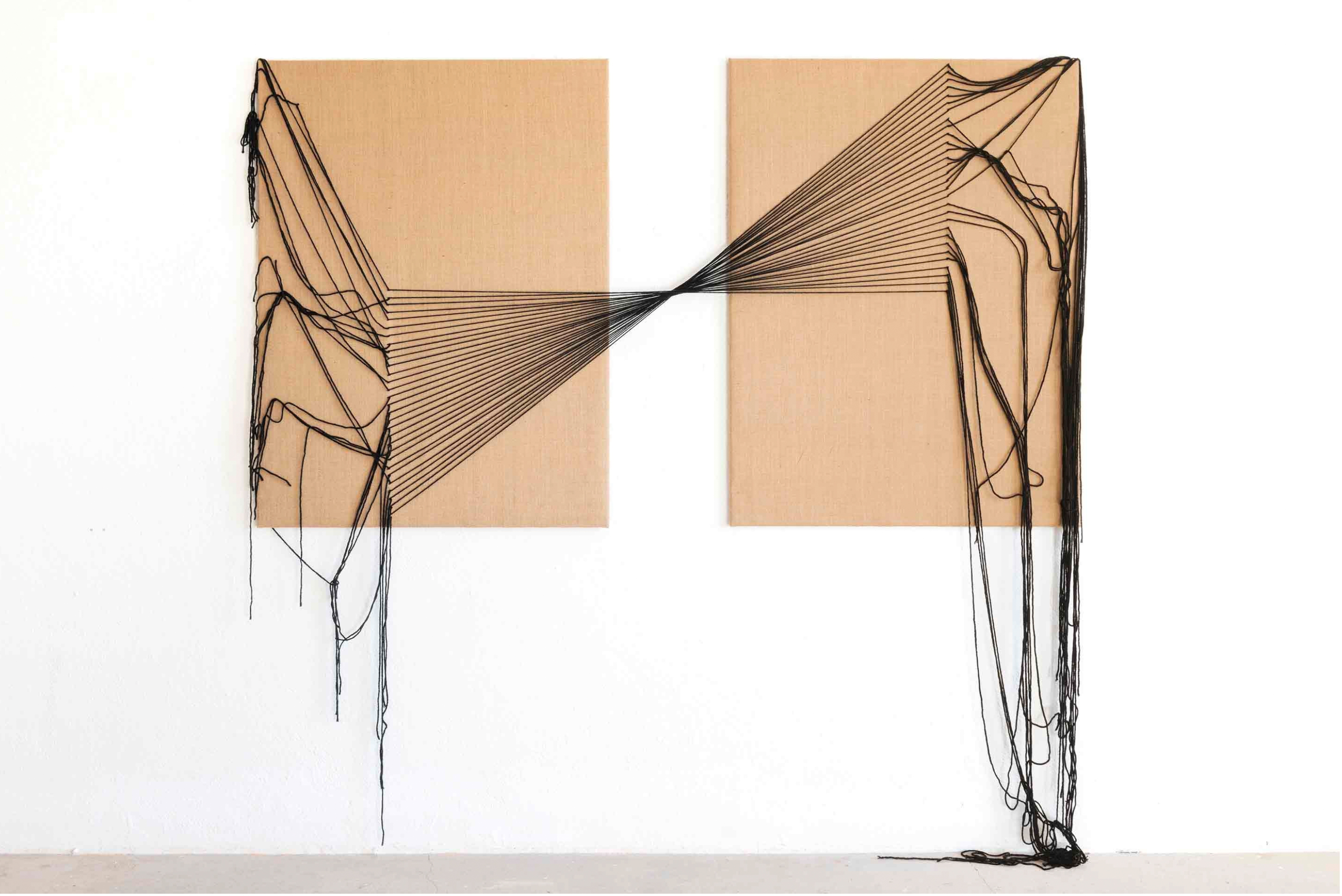Wer die Arbeit macht / Who does the work
17.06.–02.07.2017
.
Types of work in art are the theme of the Haus zur Glocke in its second year of operation. With artist collectives, with tandems and with individual artists, thinking and working in arts is questioned through art. How does artistic work manifest? Why work collectively? What does interdisciplinary exchange mean in concrete implementation?
The Bosna Quilt Workshop in Bregenz has existed for 25 years. It arose from an initiative for refugee women in Vorarlberg. The artist Lucia Lienhard-Giesinger developed the concept of this collaboration by always having two women work on one quilt. Today, the Bosnian women live in their old homeland again, the quilts are created between Bregenz and Gorazde.
Forms of collaborative work have a history at the Haus zur Glocke that can be traced back to the Glocken-store. The “Gloggelade” was located on the ground floor of the house from 1989 to 2009, and was operated as a cooperative. At that time, under the leadership of Kathrin Hipp as president, the “Gloggeteam” divided the work. Even today, this forms the base for the team of the tavern zur Glocke. The art project is crucially supported by this.
In Othmar Eder’s artistic work, craftsmanship is a recurring theme, both in representation and execution. The works presented in the exhibition are based on the Lisbon collection. In it, Othman Eders focuses on the artisanal aesthetics of this city. He translates the artefacts into his pictorial language and shows this using the example of the pavement in the streets of Lisbon.
Less durable than the stone pavements are Werner Widmer’s floor works. His ephemeral, accessible floors of sugar are created for the individual space. Together with Othmar Eder, collaborations have already been forged before, which are now continued here in the exhibition.
![[Translate to English:] Othmar Eder, Calceteiros – Lisboa, Filmstill, 2017 [Translate to English:] Othmar Eder, Calceteiros – Lisboa, Filmstill, 2017](/fileadmin/_processed_/b/6/csm_Filmstills_Lisb__2626_34211fd61c.jpeg)
![[Translate to English:] Werner Widmer, Alle Wege führen nach Rom, Installation Haus zur Glocke, 2017 (Foto: Christoph Ullmann) [Translate to English:] Werner Widmer, Alle Wege führen nach Rom, Installation Haus zur Glocke, 2017 (Foto: Christoph Ullmann)](/fileadmin/_processed_/a/2/csm_Wer_die_Arbeit_macht_CU_WW_a57dd96181.png)
![[Translate to English:] Bosna Quilt Werkstatt, 2017 [Translate to English:] Bosna Quilt Werkstatt, 2017](/fileadmin/_processed_/b/3/csm_BQW_Bosnien_12-2012_535_256604e805.jpg)
![[Translate to English:] Bosna Quilt, Installation im Haus zur Glocke, 2017 (Foto: Christoph Ullmann) [Translate to English:] Bosna Quilt, Installation im Haus zur Glocke, 2017 (Foto: Christoph Ullmann)](/fileadmin/_processed_/f/d/csm_DSC03484a_b77492e4df.jpg)



